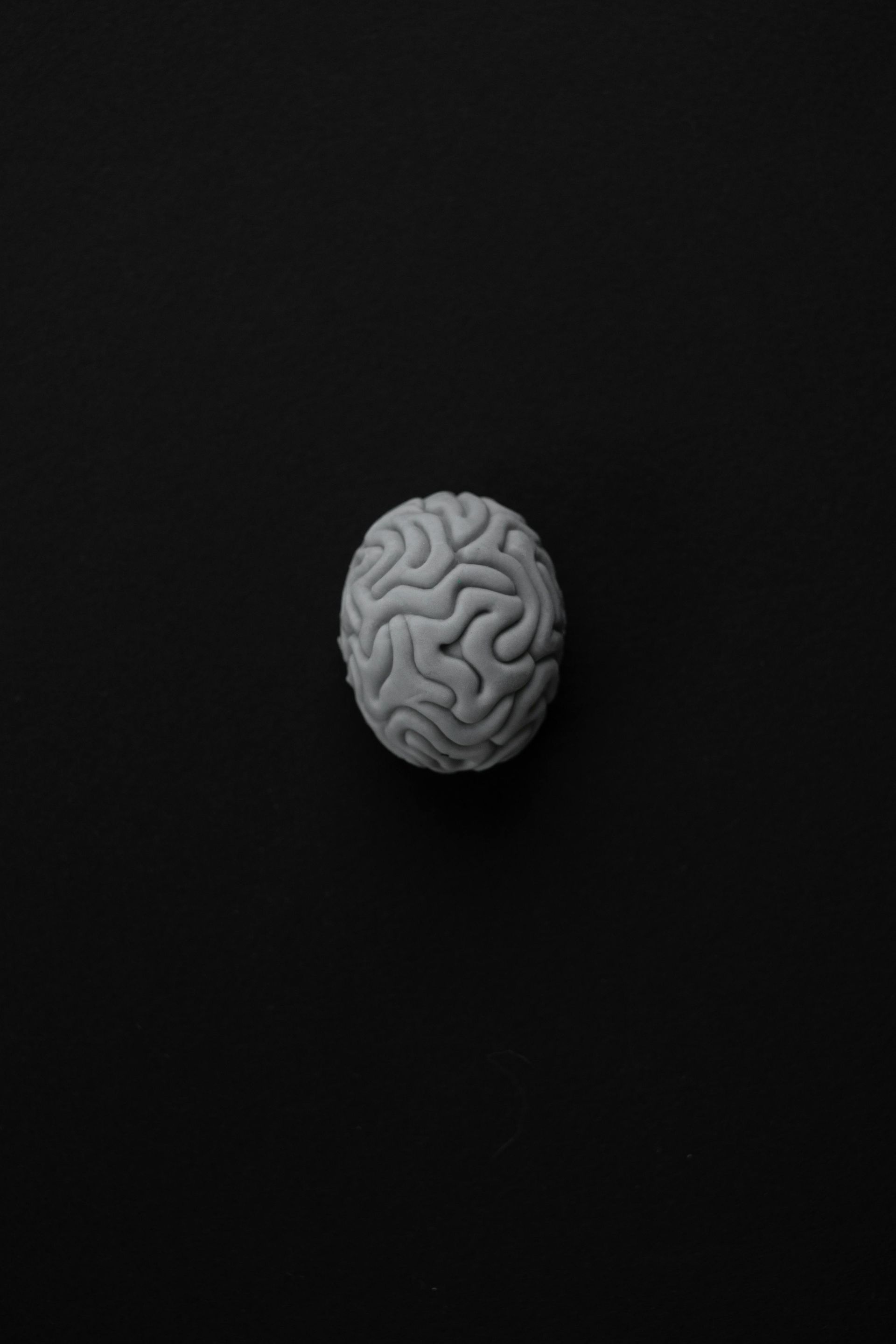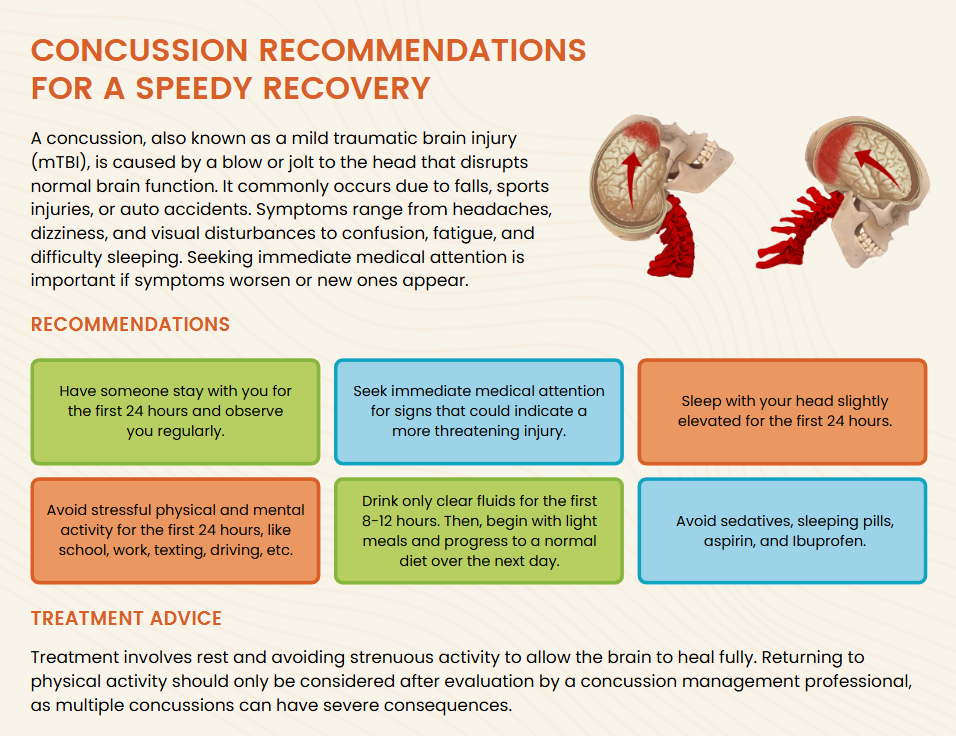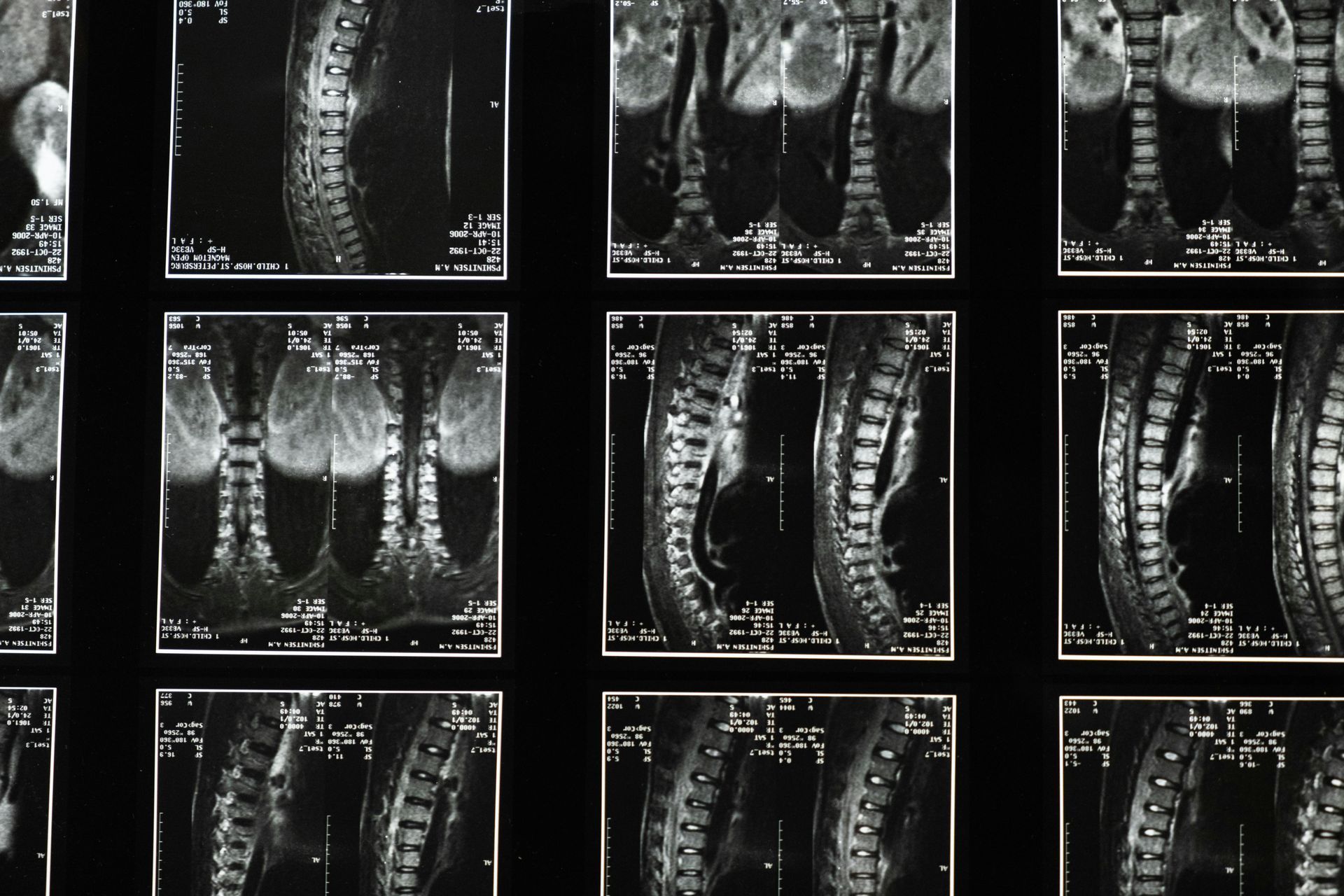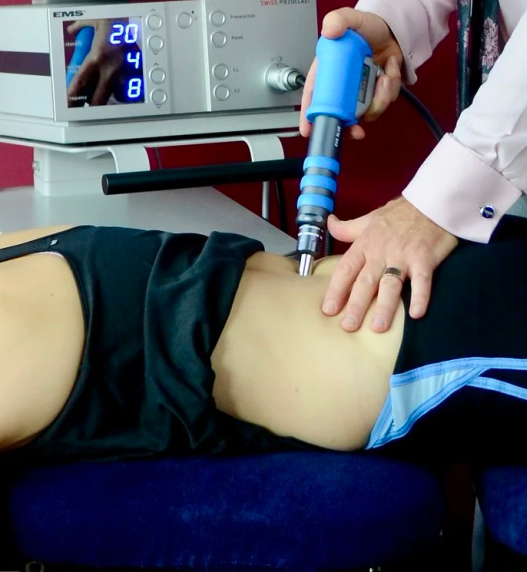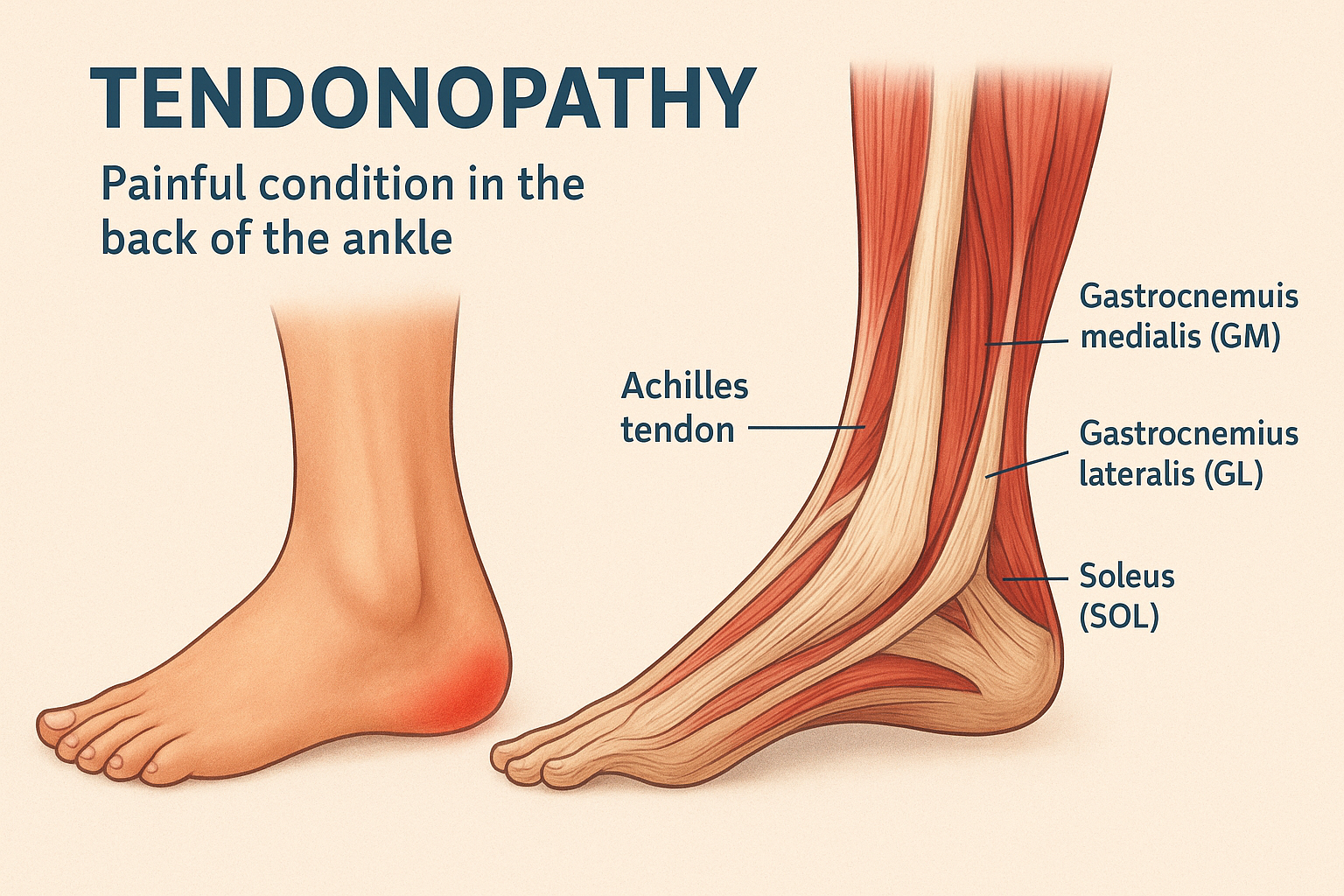Does Age Impact Chiropractic Outcomes? What New Research Tells Us About Low Back Pain Recovery
Low back pain (LBP) is one of the most common reasons people seek chiropractic care, and with good reason. It's the leading cause of disability worldwide and can significantly impact daily life, especially in older adults. As the global population continues to age, understanding how age affects treatment outcomes has never been more important.
A 2025 study published in Chiropractic & Manual Therapies took a closer look at how patients across different age groups respond to chiropractic care for low back pain. The findings may surprise you—and they highlight the importance of personalized, comprehensive care regardless of your age.
What the Study Found
Researchers followed over 2,700 patients who received chiropractic care for a new episode of low back pain. Participants were grouped by age:
- Young adults (under 40)
- Middle-aged adults (40–59)
- Older adults (60 and older)
Key Findings:
- All patients improved over time, regardless of age.
- Older adults had slightly higher disability scores and slower improvement, but the differences were minimal.
- Age was not the strongest predictor of how well a patient recovered.
- Factors like depression, poor general health, multiple musculoskeletal conditions, and higher initial disability were more strongly associated with slower recovery.
Why This Matters
Many people assume that age is a barrier to recovery, but this study shows that age alone is not a limiting factor in chiropractic outcomes. While older adults may have more health concerns and take longer to improve, their results are still meaningful.
In fact, the research suggests that mental and physical health status, not age, plays a larger role in determining outcomes. This highlights the importance of a biopsychosocial approach, one that considers physical symptoms, mental health, and lifestyle factors in designing care plans.
Chiropractic Care Is Safe and Effective for Older Adults
Despite evidence supporting non-pharmacological care for older adults with back pain, many are still underrepresented in chiropractic settings. That may be due to outdated perceptions about safety or effectiveness.
This study reinforces what we see in our clinic every day:
- Chiropractic care is safe, gentle, and tailored to your individual needs.
- Older adults can experience significant improvements in function, comfort, and quality of life.
- A thorough initial evaluation allows us to consider your complete health history and design a plan that supports your goals.
What We Do at Thrive
At our clinic, we don’t believe in one-size-fits-all care. Whether you’re a young athlete or an active senior, our approach focuses on:
- Comprehensive assessments
- Personalized treatment plans
- Addressing underlying health factors
- Supporting both physical and mental well-being
You’re not just a number or an age bracket—you’re a whole person, and we’re here to help you move and feel your best.
Ready to Get Back to Doing What You Love?
If you're dealing with low back pain and want a care team that looks beyond the surface, we’re here to support you. Let’s find out what’s really holding you back—and create a plan that works.
Based on: Hansen LA, Hartvigsen J, Jensen RK. Differences in demographics and clinical outcomes in older, middle-aged, and younger adults with low back pain receiving chiropractic care. Chiropractic & Manual Therapies. 2025.
Citation:
Chiropr Man Therap. 2025 Jul 31;33:31. doi: 10.1186/s12998-025-00589-w
